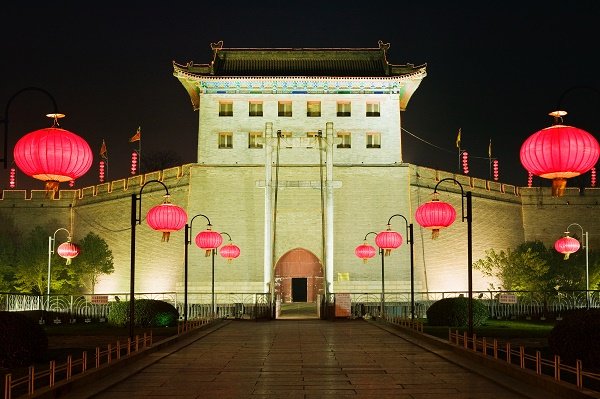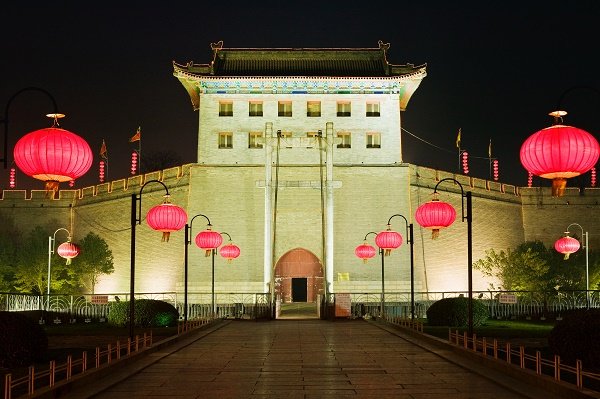

Red lanterns are ubiquitous during Chinese new year
In San Francisco red and gold lanterns are strung from lampposts, illuminating rainy days and lending hope for success in the New Year. Chinatown bakeries advertize the best moon cakes in the city, while shops along the main street stock up on poppers and other small fireworks. Wherever you live, Chinese festivals bring a certain sense of mysticism and excitement that have been carried with the culture for years. China has about 53 ethnic populations and under the Qin Dynasty (221-206 BC) these populations were united under one state, hence the beginning of official holidays and festivals. What makes Chinese festivals unlike any others in the world is not only the length of their history, but the adaptation of the festivals throughout China and across the world.
The most well-known festival, the one described above, is Chinese New Year and this year it took place February 7-13, with most of the large festivals being held on the 8th internationally. Enter colorful parades and temple fairs with fireworks, opera, music and more fireworks – all welcoming success as the New Year truly gets underway.
Hong Kong in particular prides itself on its New Year celebration where a finale of fireworks are displayed over the harbor and vermilion lanterns are hung all over the city, welcoming people into crowded temples to pray for good fortune and into festive markets that sell auspicious foods throughout the day.
Head northwest and celebrate the more demure and traditional Losar, or Tibetan New Year. The liveliest celebrations are in Lhasa where Tibetans journey from all over to celebrate the New Year and their spirituality by spinning prayer wheels, drinking yak butter tea, and setting off fireworks.
Moving through the year the next notable Chinese festival is the Lantern Festival on Feb. 22. Perhaps the most iconic Chinese festival, participants release paper lanterns lit with small lights or candles, into the sky or on water. The beauty of lights and colors easily burns into any memory. While there are at least four commonly believed origins of the festival, ranging from angered Gods to the changing of the seasons to a favorite advisor for an Emperor, none are confirmed. Besides tradition, a large part of Chinese festivals is the visual aesthetics, a culturally defining aspect influenced by Chinese Emperors, artists, and aristocracy.
Yet another festival with eye-catching attractions that are unique to China is the Dragon Boat Festival on June 9. Dragons symbolize masculinity in Chinese culture, as does the sun. During this festival sticky rice treats and rice wine complement lazy summer days while boats shaped and decorated like dragons are raced by multiple rowers accompanied by the pounding beat of drums.
Transition into fall with the Mid-Autumn Moon Festival held on Sept. 15. The full moon is the basis of the festival due to the moon goddess, Chang’e, who is said to bestow gifts like beauty on her worshippers. This festival can be likened to the American tradition of Thanksgiving in that this is the time of year when most families come together, prepare or harvest food to enjoy, and pray for wanted gifts.